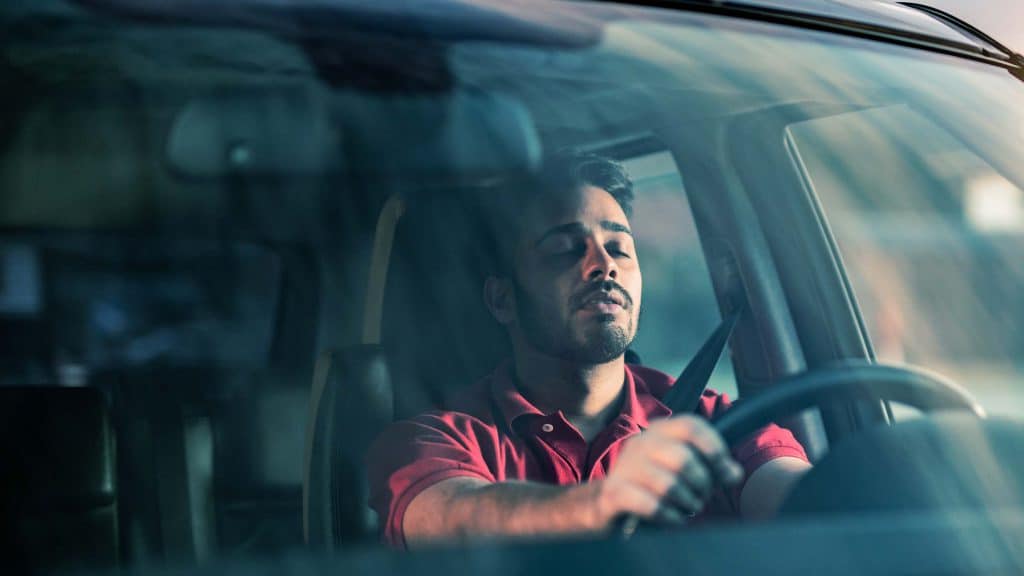
The National Road Safety Foundation cautions drivers to be especially aware of driver fatigue as daylight savings begins, since the time change can disrupt normal sleep patterns and lead to drowsiness.
“Drowsy driving can be as dangerous as drinking and driving,” said Michelle Anderson of The National Road Safety Foundation, a non-profit organization that produces and distributes free driver safety education materials.
Drowsy driving is a factor in more than 300,000 crashes every year, causing 109,000 injuries and more than $30 billion in losses, according to the National Highway Traffic Safety Administration.
Studies show nearly two-thirds of motorists have driven while fatigued and more than a third admit to having fallen asleep at the wheel. The Governors Highway Safety Association estimates more than 83 million sleep-deprived Americans are behind the wheel on a typical day.
Sleep experts say the brain may compensate for fatigue by taking micro-sleeps for a few seconds or longer.During a three- or four-second micro-sleep, a person’s eyes may remain open, but the brain is not processing the eyes’ vision signal. A car at highway speed can travel the length of a football field during those few seconds, veering out of its lane and into oncoming traffic or off the road. Sleep-induced crashes often cause very serious injuries, since a dozing driver may not take evasive or corrective action as the vehicle leaves its lane.
Drivers should recognize the signs of drowsiness:
- Difficulty focusing
- Frequent blinking
- Not remembering the last few miles driven
- Head nodding
- Repeated yawning or rubbing eyes
- Drifting out of lane, tailgating or going over rumble strips.
“Some commonly held reliefs for drowsiness, like rolling down the windows or blasting the radio, simply don’t work if you are sleep-deprived,” Anderson said. “The best thing is to find a safe spot to pull over and take a break and, if possible, take a 20-minute nap. Have a cup or two of coffee or a caffeinated snack and allow 30 minutes for the caffeine to enter the bloodstream. Don’t drink alcohol or take medications, which can bring on drowsiness.”
Information about drowsy driving, including a personal “Sleep Diary,” is available at no charge from www.nrsf.org/resources/drowsy-driving
The National Road Safety Foundation, Inc. (NRSF) is a 501 (c)(3) non-profit charitable organization that for more than 60 years has been dedicated to reducing crashes, deaths and injuries on our nation’s highways by promoting safe driving habits through greater public awareness.